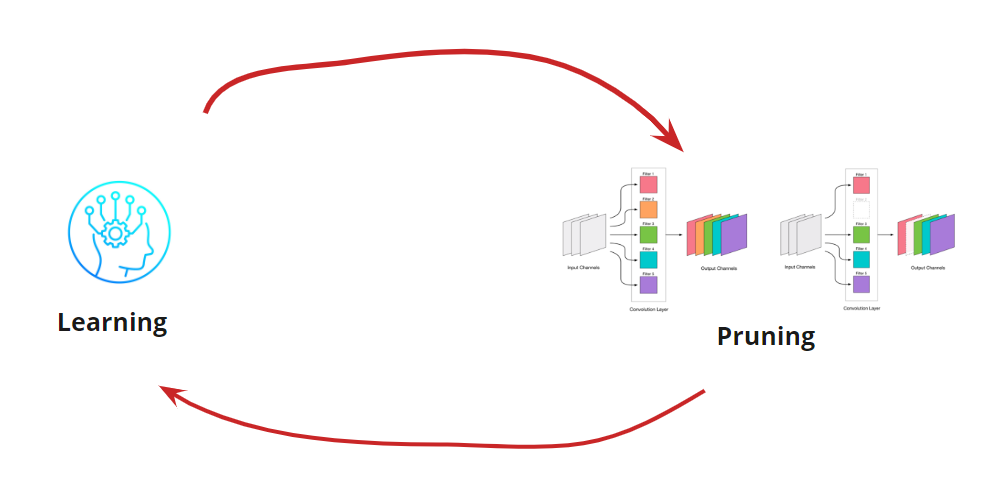Structured Pruning of Deep Convolutional Neural Networks
Real time application of deep learning algorithms is often hindered by high computational complexity and frequent memory accesses. Network pruning is a promising technique to solve this problem. However, pruning usually results in irregular network connections that not only demand extra representation efforts but also do not fit well on parallel computation. We introduce structured sparsity at various scales for convolutional neural networks, which are channel wise, kernel wise and intra kernel strided sparsity. This structured sparsity is very advantageous for direct computational resource savings on embedded computers, parallel computing environments and hardware based systems. To decide the importance of network connections and paths, the proposed method uses a particle filtering approach. The importance weight of each particle is assigned by computing the misclassification rate with corresponding connectivity pattern. The pruned network is re-trained to compensate for the losses due to pruning. While implementing convolutions as matrix products, we particularly show that intra kernel strided sparsity with a simple constraint can significantly reduce the size of kernel and feature map matrices. The pruned network is finally fixed point optimized with reduced word length precision. This results in significant reduction in the total storage size providing advantages for on-chip memory based implementations of deep neural networks.
PDF Abstract

 CIFAR-10
CIFAR-10
 MNIST
MNIST